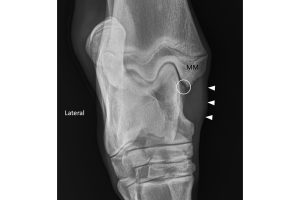
Case Study: Osteochondritis Dissecans in a Warmblood Foal
Discover how a young horse with persistently puffy hocks but no lameness was diagnosed with and treated for a medial malleolus lesion in the Fall 2023 issue of The Horse.

Discover how a young horse with persistently puffy hocks but no lameness was diagnosed with and treated for a medial malleolus lesion in the Fall 2023 issue of The Horse.

Leading researchers from around the world share their findings on this common joint disease of young horses.
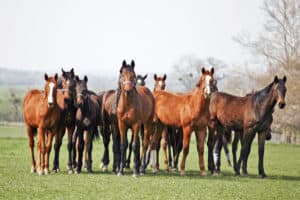
Dr. Brian Nielsen describes what osteochondritis dissecans is, what causes it, and how it can affect horses during their lifetimes.

Learn how to help your horse avoid joint problems such as osteoarthritis, osteochondritis dissecans, and joint flares. Sponsored by Hyaluronex Joint.
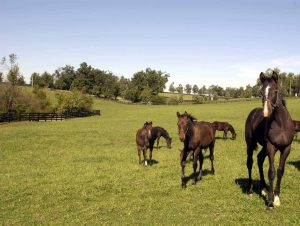
Weanlings should grow steadily and moderately as rapid weight gain could put them at risk for developmental orthopedic diseases. Three experts share their tips for achieving appropriate growth via nutrition.

Download free reports on laminitis, senior horse care, medication administration tips, kissing spines, regenerative medicine, OCD lesions, and more.

Researchers suspected that in some cases of septic arthritis bacteria might damage cartilage canals and interrupt blood supply. And in that situation, genetics—osteochondrosis’ most common cause—would have nothing to do with the resulting lesions.

Irish scientists recently tested a new OCD repair method that’s based on the idea of replacing the damaged tissue with healthy tissue.

Researchers found that their technique for removing ostoechondral fragments from the hock was efficient and had few postoperative complications.

Do all young horses with fluid-filled joints or lameness have osteochondritis dissecans (OCD)? Download this fact sheet to find out.
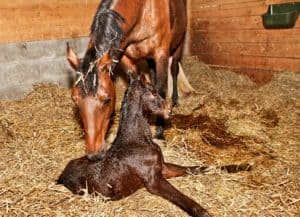
Recent study results suggest small but significant differences exist between how much foals slip and slide when standing and osteochondrosis incidence in Warmbloods.

Dr. Elizabeth Santschi recaps research on hock injections, nerve blocks, castration, osteochondral lesions, and more.

Genetic and genomic research could help veterinarians diagnose disease early and select more targeted treatments.

Researchers found that over- and underfeeding can affect foals’ bone growth, metabolism, and testicular development.

Foals with lesions had reduced peak vertical forces in the affected limb, suggesting reduced weight-bearing.
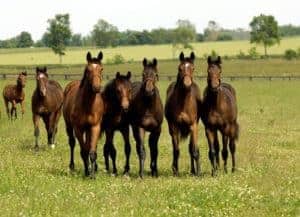
How young horses are fed and housed can impact how osteochondral lesions evolve, and even help them heal.
Stay on top of the most recent Horse Health news with
© 2022 Copyright Statement dolor sit amet, consetetur sadipscing User Terms, sed diam nonumy eirmod tempor invidunt ut labore et dolore magna aliquyam erat, sed diam voluptua. At vero eos et accusam et justo duo dolores et ea rebum. Stet clita kasd gubergren, no sea takimata sanctus est Lorem ipsum dolor sit amet.
"*" indicates required fields